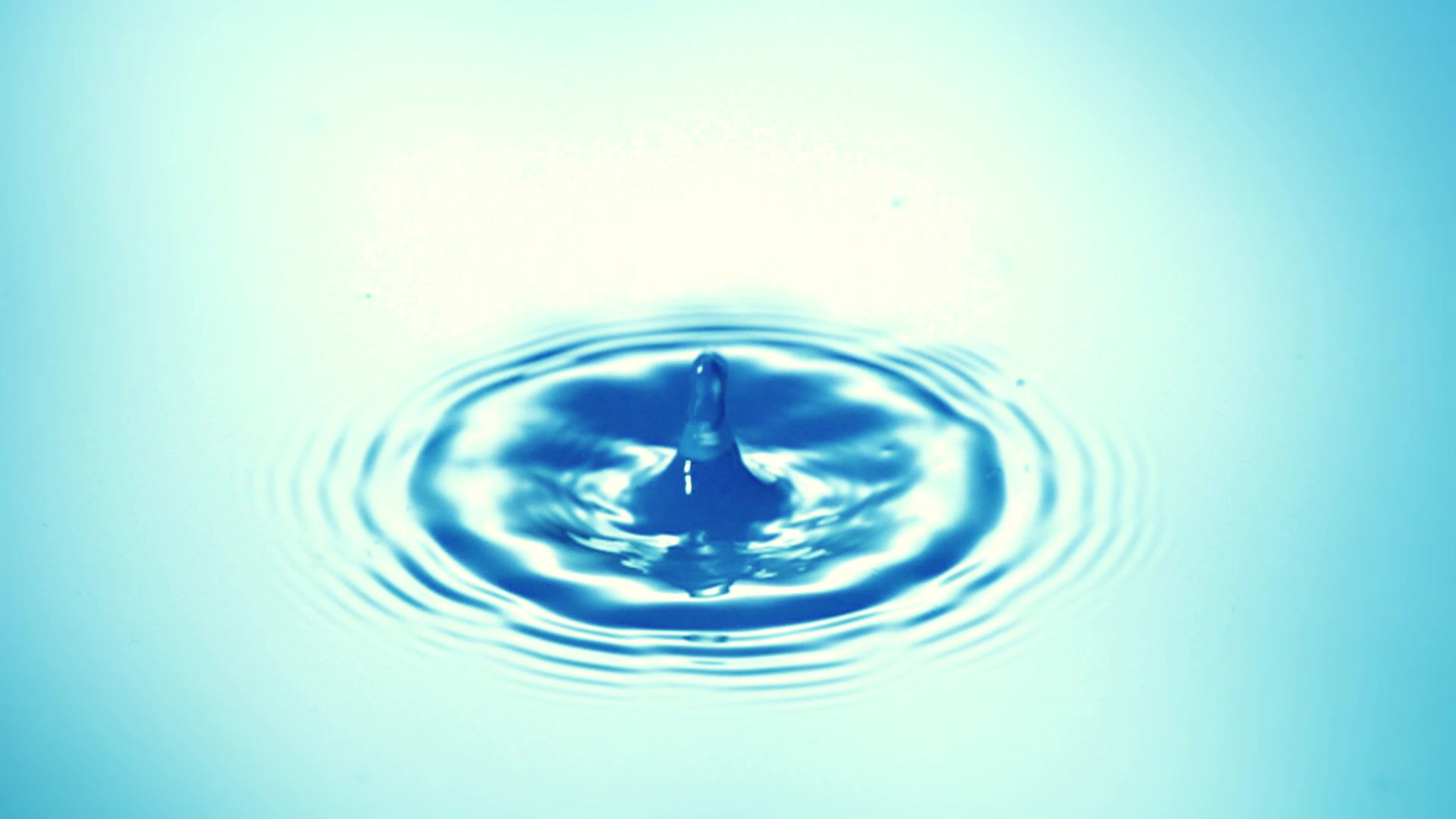
What is Hydrotherapy?
“A therapy programme using the properties of water to improve function, carried out by appropriately trained leaders in a purpose built, correctly heated and equipped hydrotherapy pool.”
Source: Harry’s Hydro version of HACP definition
1. Temperature
Hydrotherapy is exercise and stimulation in a specialised facility where the water is significantly warmer than in a swimming pool and, most importantly, the surrounding air temperature is also very warm. The temperature is kept at 34.5C. These temperatures mean the pool is not appropriate for intense physical activity for endurance or aerobic conditioning.
2. Water Depth
The depth of the pool is 1.0 metres at the shallow end with a graded slope down to 1.3 metres. It is not appropriate for diving or jumping of any kind.
3. Pool Size
The size of the pool is 6.7 metres by 4.5 metres which allows up to six users to float horizontally at the same time with carers standing.
4. Not Swimming
Hydrotherapy IS NOT swimming nor is this a swimming pool.
5. Increasingly in Demand
Today the ever increasing popularity and value of hydrotherapy is highlighted by an upsurge in research into many different aspects of water, the physiology of exercise in water and so on. (Margaret Reid Campion 1997)
What are the benefits of hydrotherapy?
1. The big difference versus land based physiotherapy is the elimination of pain.
The warm water, high air temperature and relief of bodyweight combine to deliver this. For many disabled people, who frequently live with pain all the time, their first session in a hydrotherapy pool can be their first time without pain. Free from callipers, pain and gravity, users manage to move in ways that they cannot on land. Their exercises become more intensive and new movements are learned. These can be transferred to their everyday lives.
2. For those with sensory or learning or profound and multiple difficulties
For those with learning or profound and multiple difficulties, this physical environment satisfies and calms their sensory needs. This allows them to use the more complex thinking and communication parts of the brain, helped by the multi-sensory equipment in the pool area.
3. Social Interaction
The difficulties the users suffer from mean they are unable to take part in sport and many social and physical activities. This can lead to social isolation. Our aim is to open up the world of water to these people and use it to help them achieve their true potential.
4. Psychological Well-Being – it’s fun!
From a psychological standpoint there is much to recommend hydro. Hydrotherapy in practice involves an ever present element of recreation - its fun! This is one of its key advantages over land based treatments. To get out of the wheelchair and change one’s body position, to cast aside the callipers and aids and find freedom of movement and independence brings about physical and psychological well-being which cannot be achieved elsewhere or in any other treatment.
Programmes that combine both therapeutic and recreational aspects are especially effective. Water is a medium in which many disabled people achieve total independence and can compete with their able-bodied counterparts on equal terms. The social and psychological impact can be considerable. The ability to be independent in water, to achieve skills that may be difficult or impossible on land, can only have favourable and lasting psychological effects which boost confidence and morale, and these can be carried over into life on land.
The sedative effect of warm water and the values of water based exercise for those affected by mental illnesses have long been recognised (Wilson and Kasch 1963; Kraus, 1973).
5. For the terminally ill
For the terminally ill, the therapy is targeted at relaxation and pain relief.
6. The physical benefits
The therapeutic effects of exercise in water relate to:
-
the relief of pain and muscle spasm
-
the maintenance or increase in range of motion of joints
-
the strengthening of weak muscles and an increase in tolerance to exercise
-
the re-education of paralysed muscles
-
the improvement of circulation
-
the encouragement of functional activities
-
the maintenance and improvement of balance, co-ordination and posture
-
development of the swallow reflex
-
independent standing in water to walking in water
7. The Multi-Sensory Benefits
Also, water provides the potential for exercise in three dimensions which cannot be achieved on land. There is the possibility of considerable perceptual stimulation:
-
visually
-
aurally
-
via the skin
-
by heat
There is a school of thought that multi sensory equipment used in a hydrotherapy environment is the most effective. The sensory cues can be switched off and the user more able to respond to the stimulation than in a dry sensory room.
8. Transfer to Land
The skills learned in the pool can be transferred to everyday life as the muscles become accustomed to the movement or the message to the brain developed.
 |  |  |
|---|---|---|
 |
